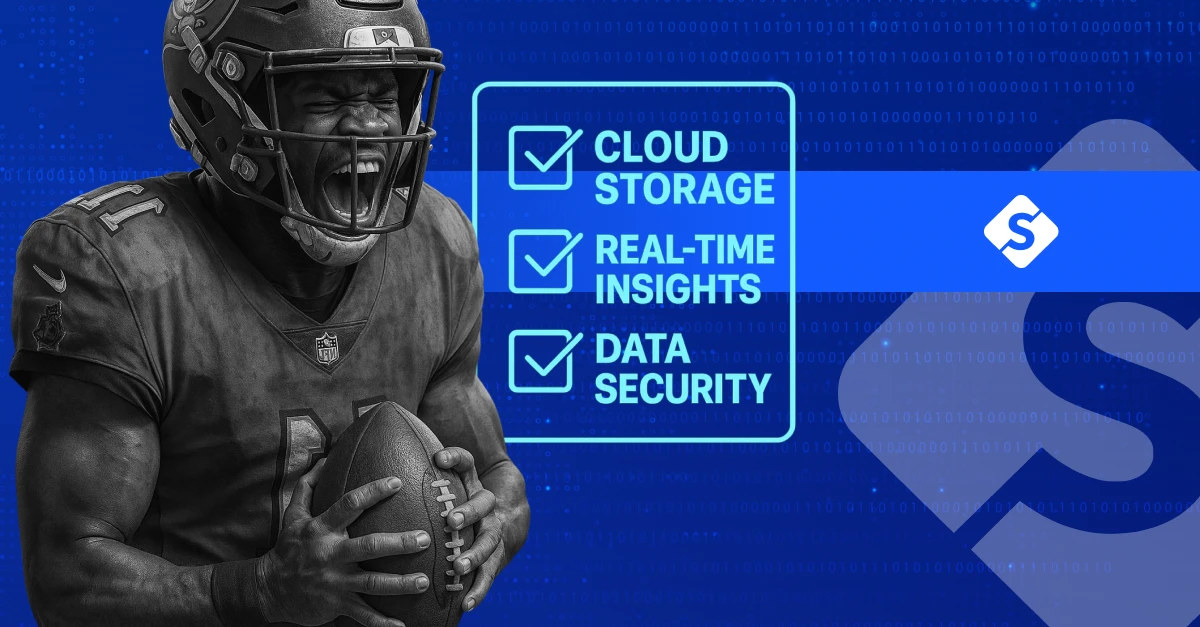Ultimate UX Checklist for Flawless Websites

Craft Pixel-Perfect Websites with a Proven Design Checklist
Creating a website requires careful planning and execution across many phases. A comprehensive checklist ensures web developers complete all the necessary steps when designing sites. Skipping items can lead to missed objectives, poor UI/UX, technical issues, and unhappy clients down the road. This blog will overview a website design checklist for web developers and explain why systematically working through each item leads to successful outcomes.
Overview
A website design checklist acts as a guide through the project to make sure all requirements are met. It outlines the recommended sequence of tasks in the website development process. While adjustments can be made for specific needs, generally following the checklist flow makes coordination between project members smoother. Tasks build on each other, so completing them out of order can cause rework. The checklist also serves as documentation of what has been finished and what remains as the project progresses.
For web developers, using a checklist improves quality control. Items are less likely to slip through the cracks when approached methodically. Checking off tasks provides satisfaction as progress is made tangible. Following an optimized workflow saves time and effort compared to a haphazard approach. Hence, using a checklist such as the one below demonstrates professionalism and accountability to clients, showing their website is in competent hands.
Define Goals and Research Users
The first step is to clearly define the goals and purpose of the website, including key performance indicators to track success. Conduct user research through surveys, interviews, and analytics to create representative personas that capture the behaviors, needs, and expectations of your target audiences. This understanding of users will drive decisions throughout the process.
Plan Information Architecture and Content
Next, plan the information architecture and content strategy. Map out the site structure and navigation through sitemaps and content audits. Organize information in a logical content hierarchy based on user expectations. Workflow and user journeys should align with the goals. Craft optimized content for users based on the created personas.
Design Intuitive and Responsive Interfaces
The third phase is to design intuitive and responsive interfaces. Follow UX best practices focused on accessibility, ease of use, and simplicity in navigation and flows. Use responsive web design frameworks to ensure a consistent experience across desktop and mobile. Strive for simplicity, clarity, consistency, effective navigation, and easy access to site functionality.
Additionally, establish that the user experience meets ADA (Americans with Disabilities Act) and WCAG (Web Content Accessibility Guidelines) standards. Lastly, conduct usability testing early and iterate based on user feedback.
Complete Visual and Brand Design
Once the UX design is tested, complete the visual and brand design of the site. Define the aesthetics, color schemes, assets, typography, and stylistic choices that align with the brand identity and style guide. Select visuals optimized for UX and conversions; in other words, ensure that the visual hierarchy guides visitors to key actions.
Rigorously Test and Refine the Site
Rigorously test and refine the site before launch through QA, performance optimizations, and bug fixing. Look through all functionality, links, forms, integrations, security, SEO, etc., all with the aim of improving site speed and hosting reliability. Couple this with monitoring analytics after launch to identify areas for further optimizations and improvements based on real user data.
Choose Aligned Technology Stack
Finally, choose a technology stack aligned with the business goals and capabilities. Select CMS, hosting, languages, and frameworks that can deliver on KPIs and support future needs. The technical decisions should enable rather than hinder the success of the website, based on scope, timeline, budget constraints, capabilities, and maintenance needs.
Recap
Approaching website design systematically using a comprehensive checklist produces better end results. Web developers can follow the steps outlined to take a website from an initial concept to a successful launch and beyond. A checklist provides structure while allowing customization for specific needs.
It improves the design process's coordination, quality, efficiency, transparency, and accountability. Following the guidelines ensures all technical and user requirements are met for a high-quality website that exceeds expectations. Adapt the checklist as needed, but validate that all steps are executed for smooth website development.

